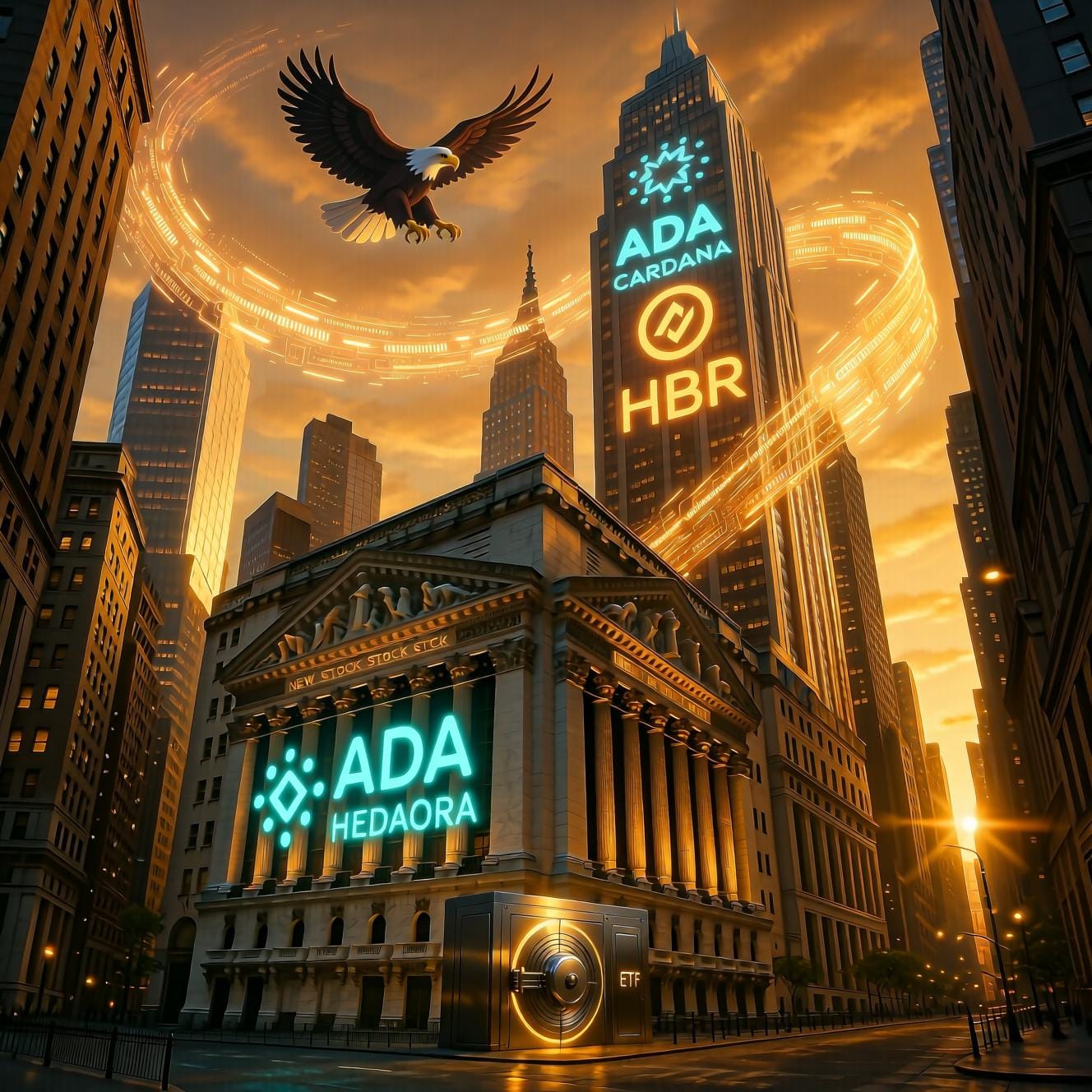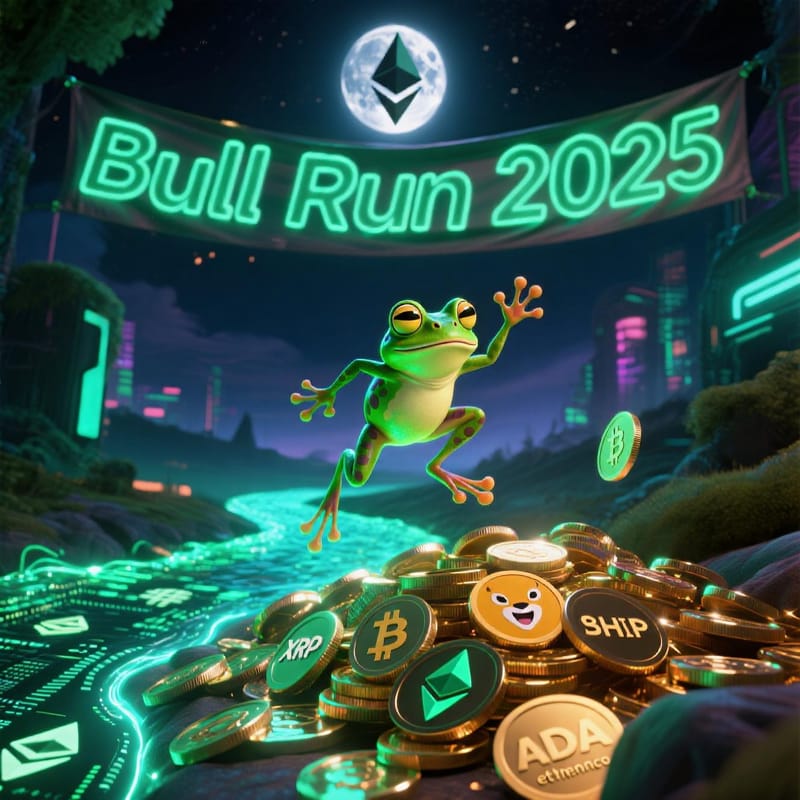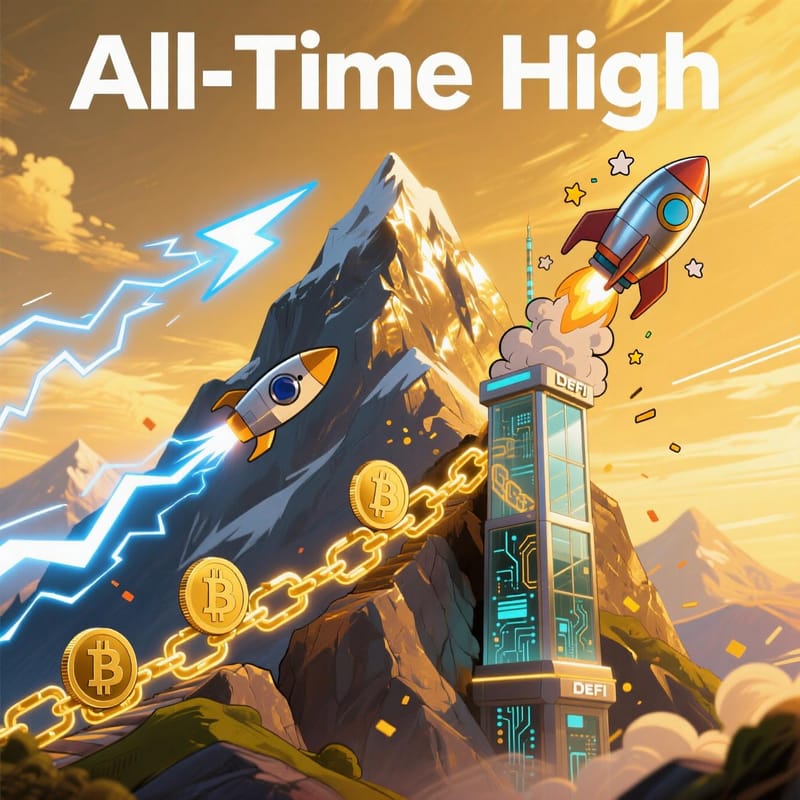Grayscale’s Bold Move: Cardano & Hedera ETFs on the Horizon
Grayscale has officially registered statutory trusts for Cardano (ADA) and Hedera (HBAR) — a clear signal that spot ADA and HBAR ETFs could be next. This isn’t just paperwork; it’s the opening move in the next phase of crypto’s institutional takeover.

The Paper Trail to an ETF: Why Trust Filings Matter
In the high-stakes game of crypto ETFs, trust registrations aren’t background noise — they’re starting guns.
On August 12, 2025, Grayscale filed two Delaware statutory trusts:
- Grayscale Cardano Trust ETF
- Grayscale Hedera Trust ETF
This legal structure is not accidental. It’s a proven step in Grayscale’s playbook — one they used before launching the GBTC Bitcoin trust and later the ETHE Ether trust.
Analysts see this as a near-certain precursor to S-1 filings with the SEC — the formal application for a spot ETF.
In other words:
The engine is running. The launchpad is loaded.
Regulatory Dominoes Are Falling
This move didn’t happen in a vacuum.
Earlier in 2025, the SEC acknowledged 19b-4 filings for both a Cardano ETF and a Hedera ETF — a critical first step in the regulatory review process. While acknowledgment doesn’t mean approval, it does mean the SEC has begun its clock:
- 240 days from filing to potential decision.
- A clear path forward in a historically opaque system.
Even more telling?
The SEC has now approved in-kind redemption for Bitcoin and Ether ETFs — a mechanism that reduces costs and complexity.
If extended to altcoins, it would make ADA and HBAR ETFs far more viable from an operational standpoint.
Grayscale’s Altcoin Expansion: Beyond BTC and ETH
Make no mistake — Grayscale is going all-in on altcoin diversification.
Recent filings and product developments show a clear pattern:
- Spot ETF applications for Dogecoin, Avalanche, Filecoin, and Bittensor
- New token integrations like DeepBook and Walrus (Sui ecosystem)
- Confidential IPO filing with the SEC — signaling a move to become a full-fledged public financial institution
This isn’t just about crypto.
It’s about reshaping traditional finance with digital assets at the core.
By targeting Cardano and Hedera, Grayscale is betting on two very different — but equally strategic — networks.
Why Cardano? The Case for “Academic Blockchain”
Cardano (ADA) isn’t the fastest or flashiest chain — but it’s one of the most institutionally palatable.
Its appeal lies in:
- Peer-reviewed research behind every upgrade
- Ouroboros proof-of-stake — energy-efficient and mathematically rigorous
- Growing DeFi and NFT ecosystem on a secure base layer
- Strong global adoption, especially in emerging markets
For asset managers seeking regulated exposure to a scientifically grounded blockchain, ADA is a natural fit.
An ETF wouldn’t just unlock capital — it would validate Cardano’s decade-long mission.
Why Hedera? Enterprise-Grade DLT Meets Wall Street
Hedera (HBAR) is a different beast entirely.
Unlike most public blockchains, Hedera is a governed distributed ledger — meaning it’s run by a council of blue-chip companies (Google, IBM, Boeing, LG). This makes it uniquely attractive for:
- Enterprise use cases: Supply chain, identity, payments
- Low-latency, high-throughput transactions
- Stable, predictable fees
While not decentralized in the Bitcoin sense, Hedera offers compliance-ready infrastructure — exactly what institutions need to dip into crypto without regulatory whiplash.
An HBAR ETF would give traditional investors a gateway to enterprise DLT — a sector many believe will underpin the future of digital business.
The Institutional Advantage: Why ETFs Change Everything
Without an ETF, buying ADA or HBAR means:
- Setting up a wallet
- Managing private keys
- Navigating exchanges
- Handling taxes and custody
With a Grayscale spot ETF?
Same as buying Apple or Tesla — through a brokerage, in a 401(k), with full regulatory oversight.
That removes 90% of the friction for:
- Pension funds
- Endowments
- Robo-advisors
- Traditional portfolio managers
And when institutions can buy easily, capital flows follow.
The Road Ahead: What to Watch
The next milestones to track:
- S-1 filings for both ADA and HBAR ETFs (expected within 60–90 days)
- Public comments from the SEC on 19b-4 proposals
- In-kind redemption approval for altcoins
- Market maker and liquidity provider activity around Grayscale’s new trusts
If history repeats, the first spot altcoin ETF could launch by Q1 2026 — and ADA or HBAR may be first in line.
The Bigger Picture: Altcoin Legitimization Has Begun
Grayscale isn’t just chasing trends.
It’s creating them.
By targeting Cardano and Hedera, two non-EVM, non-hype-driven projects, Grayscale is signaling that utility and governance matter — not just memes and momentum.
This is the maturation of crypto markets:
- From speculation → regulation
- From retail pumps → institutional access
- From niche tech → mainstream asset class
And ADA and HBAR could be the first dominoes.





